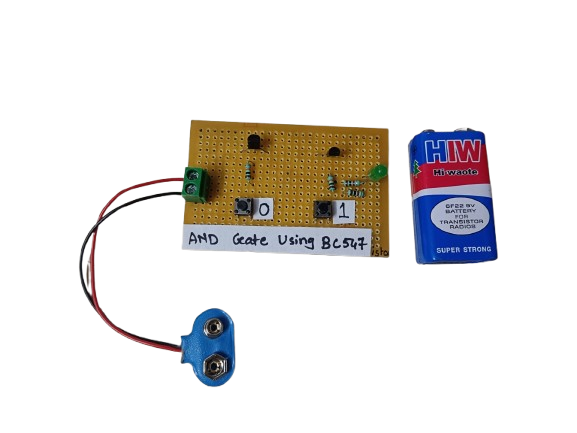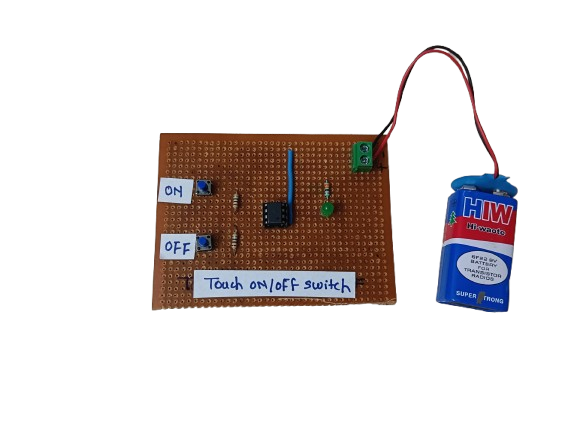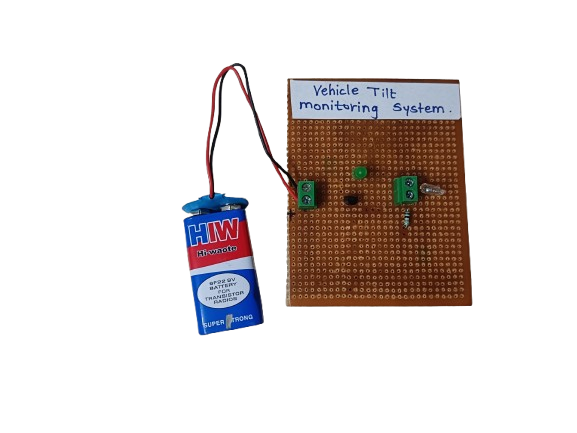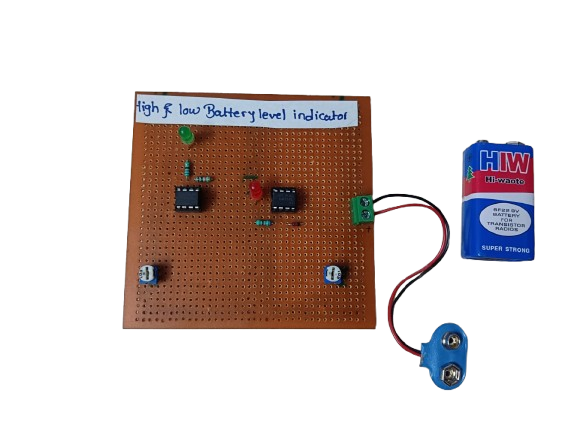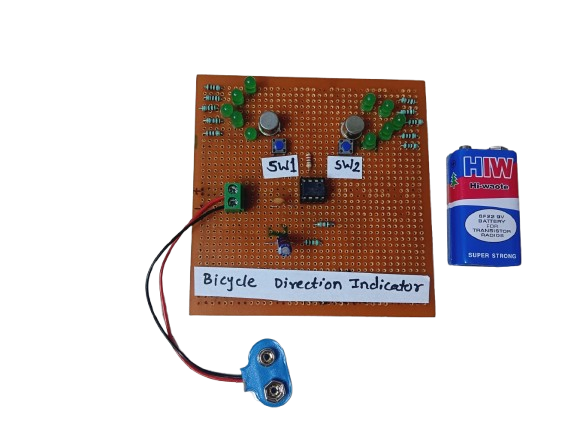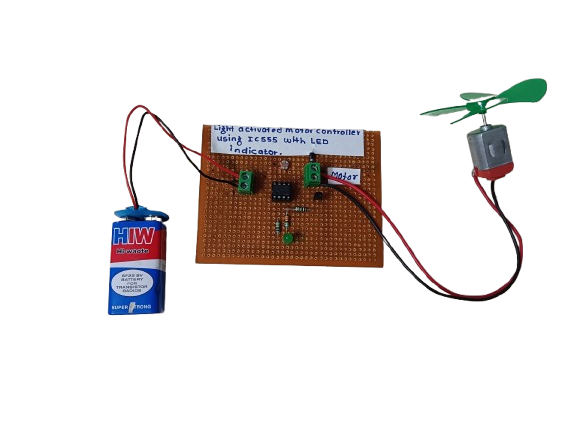Electronic Dice
₹190.00
In StockAn Electronic Dice is a digital version of a traditional dice, which generates a random number (1 to 6) and displays it using LEDs or a 7-segment display. It uses components like a 555 timer, counter IC (like CD4017), or microcontrollers such as Arduino to simulate dice rolls electronically.
Description
The Electronic Dice is a fun and educational electronics project designed to simulate the rolling of a physical dice using digital logic. Instead of tossing a cube, the user presses a button, and the circuit generates a random number between 1 and 6, which is then shown using LEDs (arranged in dice-dot pattern) or a 7-segment display.
The randomness is simulated using a 555 timer operating in astable mode, generating pulses that are fed into a counter IC (CD4017 or CD4026), which in turn activates specific outputs. When the button is released, the counting stops, and the current output represents the rolled number.
Applications:
1.Board Games
1.Replaces physical dice in games like Ludo, Snake & Ladder, Monopoly, etc.
2.Educational Kits
1.Great for learning digital electronics and random number generation.
3.Assistive Tech
1.Can be used by people with disabilities who have difficulty rolling dice.
4.Fun DIY Projects
1.Great for beginners and electronics hobbyists.
5.Casino or Gaming Machines
1.As a prototype or component in larger gaming circuits.
-
An AND gate can be built using BC547 NPN transistors, a common general-purpose transistor used in digital circuits.
The circuit represents both the inputs A & B for the AND gate and Output, Q, which also has a +5V supply to the collector of the first transistor, which is connected in series to the second transistor, and an LED is connected to the emitter terminal of the second transistor. The inputs A & B are connected to the base terminal of Transistor 1 and Transistor 2, respectively, and the output Q goes to the positive terminal LED.
₹190.00 -
This project involves controlling a DC motor’s direction using an 8051 microcontroller, with a buzzer and LED indicating the motor’s rotation state. When the DC motor rotates forward, the microcontroller keeps the buzzer and LED off. However, when the motor is rotated in reverse, the microcontroller triggers both the buzzer and LED to turn on as a visual and audible indication of the motor’s reverse rotation
-
A Touch ON/OFF Switch is an electronic circuit that allows a device to be turned on or off by simply touching a sensor pad or wire, instead of using a mechanical switch. It works by detecting a small electrical signal from the human body (capacitive or resistive touch) and using that to toggle the output state.
These switches are commonly used in modern electronics, home automation, and DIY projects due to their durability, aesthetic appeal, and user-friendly operation.
₹150.00




